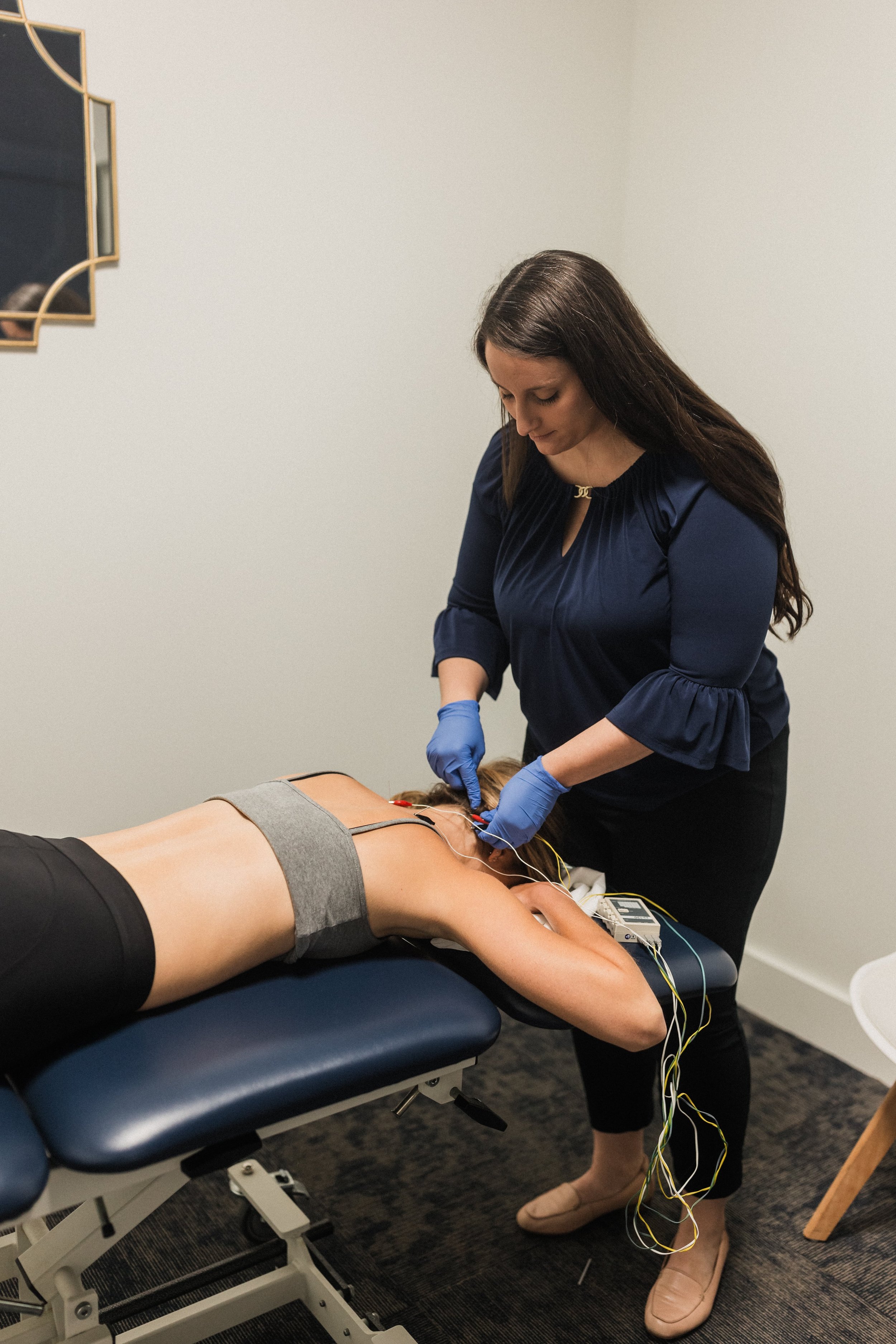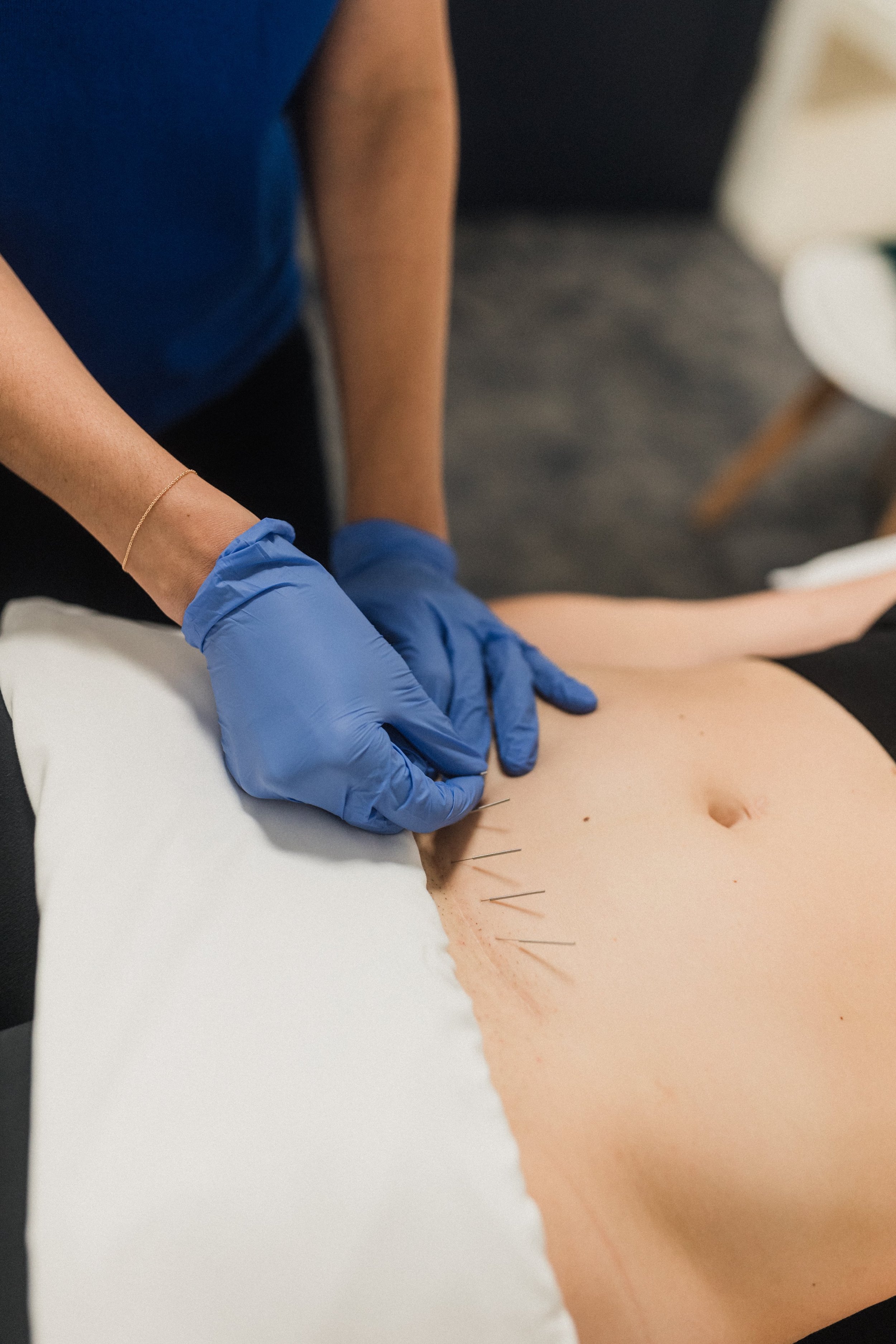Dry Needling & it's Benefits
What is dry needling?
Dry needling is a therapy intervention using a thin needle that treats myofascial trigger points for the management of pain and improved muscular function. This is a treatment used to complement other treatments prescribed by your physical therapist. After a thorough history and physical assessment, your physical therapist may recommend dry needling as a part of your comprehensive plan of care.
How does it impact pain?
Pain affects how our bodies move. When pain becomes chronic, pathways are formed in the brain that can easily be triggered resulting in frequent flare ups. Dry needling changes the way the brain and muscles communicate, helping the system return to a more normal state and improving muscle movement patterns. It is important to always pair dry needling with other therapeutic interventions, such as specific exercise for neuromuscular reeducation, to have the best results with treatment.
Dry Needling Techniques
Dry needling can be performed in various ways depending on the specific need of the patient being treated. The needles may be inserted and left in for a period of time to allow for changes in the tissues being targeted. Needles may also be manually manipulated by the therapist to create the desired twitch response in the muscle or break fascial adhesions in scar tissue. Additionally, dry needling can be combined with electrical stimulation to increase the versatility of treatment and improve overall outcomes.
What are the Benefits?
• Pain reduction
• Improved muscle firing
Faster relaxation of muscle
• Improved range of motion
• Improved scar and fascial mobility
Improved athletic recovery
Increases blood flow to the tissues treated
Reduction of edema and improved lymphatic movement
Inhibits peripheral inflammation
Areas or Conditions Commonly Treated
Athletic recovery during training pre and post competition
Headaches
Neck and back pain
Rotator cuff injuries
Epicondylitis
Tendinopathy/tenosynovitis
Surgical scar tissue
Chronic pain
Myofascial pain
Hip and knee pain
Bursitis/capsulitis
Radiculopathy
Achilles tendinopathy/plantar fasciitis
Neuropathic pain
Temporomandibular joint disorders
Pelvic floor dysfunction
As of July 1, 2023 in the state of VA dry needling no longer requires a script from a medical provider. If you are interested in this treatment technique please talk to your physical therapist.


